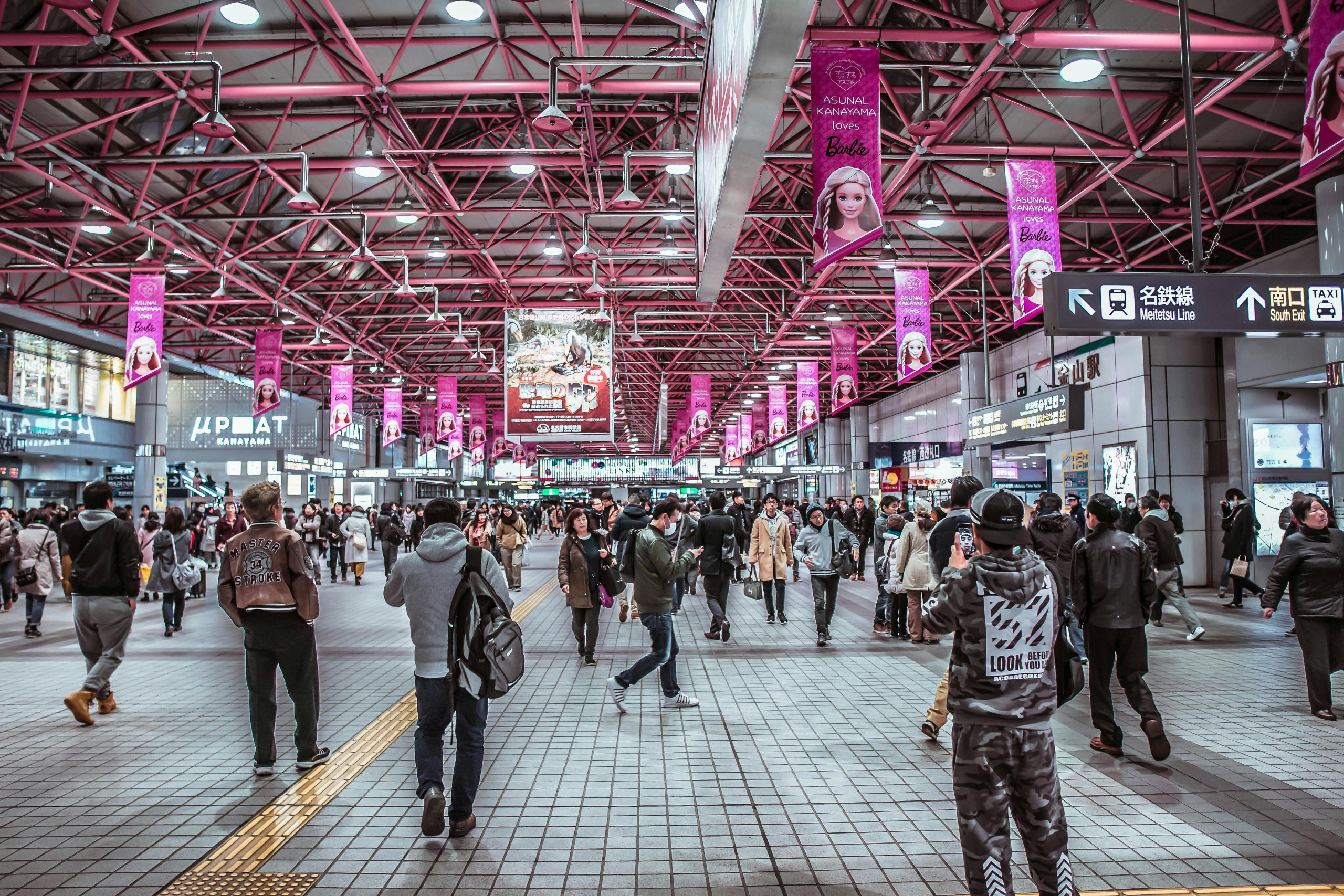Train Hopping Across Japan: Hidden Stops Only Locals Know
Japan is a country that is known for its efficient and extensive railway system. From the iconic Shinkansen bullet trains to the local subway lines, trains are the preferred mode of transportation for both locals and tourists alike. But beyond the well-known and popular train routes, there is a world of hidden stops and lesser-known train routes that only the locals know about. These hidden gems offer unique experiences and give travelers a chance to immerse themselves in the local culture and discover the true beauty of Japan. In this article, we will take you on a journey through Japan by train, and show you the hidden stops and routes that only the locals know about – a truly authentic way to experience this beautiful country.
Train Hopping Across Japan
Train hopping, also known as train surfing, is a term used to describe the act of hopping on and off trains without purchasing a ticket. While this may seem like an illegal and dangerous activity, in Japan, train hopping is a perfectly legal and accepted way of traveling. This is because Japan has an honor system when it comes to train travel, where passengers are expected to purchase a ticket before boarding the train but only need to show it when asked by a conductor. This trust-based system is a testament to the honesty and integrity of the Japanese people.
Exploring the Hidden Stops
With over 27,000 kilometers of train tracks, Japan has an extensive network that covers the entire country. While most travelers stick to the popular routes like the Tokyo to Kyoto line, there are plenty of hidden stops and routes that offer a unique and authentic experience. These hidden stops are not only less crowded, but they also showcase the local culture and traditional way of life in Japan.
One such hidden stop is Kamakura, located just an hour away from Tokyo by train. This small coastal town is home to numerous temples and shrines, including the famous Great Buddha of Kamakura, a towering bronze statue of Buddha that dates back to the 13th century. The train ride to Kamakura is a scenic one, passing through small towns and rural landscapes, giving travelers a glimpse of life outside the bustling cities.
Another unique train route is the Wakayama Electric railway that runs through the Kishi station, also known as the “Cat Station”. This station is home to a resident cat named Tama, who is the official station master and has become a beloved mascot for the railway. The train itself is adorned with cat-themed decorations, making the journey a fun and memorable one for both adults and children alike.
The Joys of Spontaneity
One of the many perks of train hopping in Japan is the ability to be spontaneous and explore lesser-known destinations. With the Japan Rail Pass, travelers have unlimited access to most of the local trains, making it easy to hop on and off as they please. This gives travelers the freedom to make impulsive decisions and take detours to hidden stops that they come across while on the train. This spontaneous way of traveling not only adds an element of surprise, but it also allows travelers to discover hidden gems that they may have never found otherwise.
Tips for Train Hopping in Japan
1. Purchase a Japan Rail Pass
The Japan Rail Pass is a must-have for train hopping across Japan. Not only does it offer unlimited travel on most trains, but it also provides discounts on certain attractions and transportation services.
2. Research Train Routes and Schedules
With so many train routes and schedules to choose from, it is important to do some research beforehand. This will help you plan your itinerary and ensure that you do not miss out on any hidden stops or routes.
3. Be Mindful of Train Etiquette
While train hopping is a fun and relaxed way of traveling, it is important to be mindful of train etiquette in Japan. This includes being quiet, not eating or drinking on the train, and giving up your seat to the elderly or disabled.
In Conclusion
Train hopping across Japan is not only a fun and unique way of traveling, but it also offers a glimpse into the local culture and way of life. So, next time you visit Japan, make sure to step off the beaten path and explore the hidden stops and routes that only the locals know about – it will be an unforgettable experience that you will cherish for years to come.











